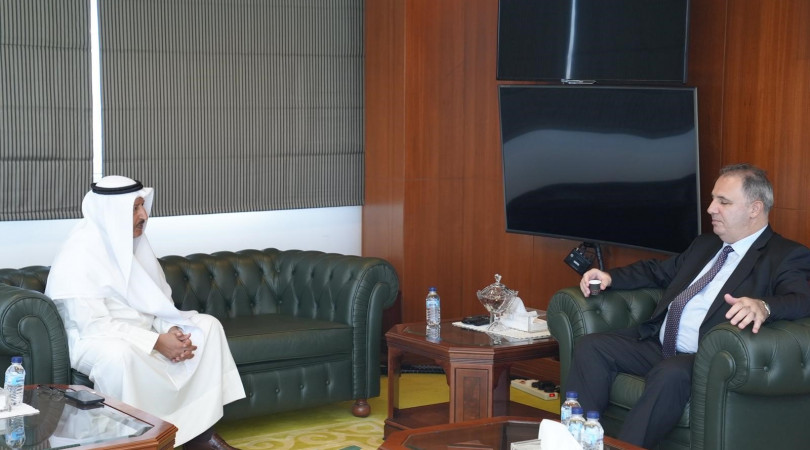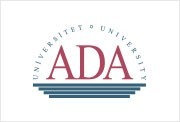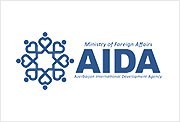Azerbaijan: First democratic republic of Muslim East
On 28 May, 1918, the Azerbaijani National Council declared the independent Azerbaijan Democratic Republic (ADR), in Tbilisi, Georgia. This year marks the 103rd anniversary of the Republic of Azerbaijan
As Baku was under control of Baku Commune at that time, Genje City was announced the capital of ADR. The Azerbaijani government moved from Tbilisi to Ganja on 16 June, 1918. After the liberation of Baku from the Bolsheviks, the capital city was transferred to Baku on 15 September, 1918.
On 11 January, 1920 the Supreme Council of the Allied Powers — the winners in World War I, unanimously decided to recognize de facto independence of Azerbaijan.
Regarded as the first democratic republic of the Muslim East, Azerbaijan made reforms in many fields including freedom of education, religion and conscience. In the Declaration of Independence, the country granted equal rights to all citizens, regardless of race, religion, sect or gender.
Under the ADR, a government system was developed in which a Parliament elected on the basis of universal, free, and proportionate representation was the supreme organ of state authority; the Council of Ministers was held responsible before it. Besides the ‘Musavat’ majority, ‘Ahrar’, ‘Ittihad’, and ‘Social Democrats’ parties, as well as representatives of Armenian, Russian, Polish, Jewish and German minorities gained seats in the parliament.
Among the important accomplishments of the Parliament was the extension of suffrage to women, making Azerbaijan one of the first countries in the world, and the very first Muslim nation, to grant women equal political rights with men. Another important accomplishment of the ADR was the establishment of Baku State University, which was the first modern-university founded in Azerbaijan.
But dark clouds were gathering more and more over the young Republic of Azerbaijan. Strategically important geographical location and oil resources of Baku became the main target of Soviet Russia in the Transcaucasus direction. In mid-April 1920, the Red Army defeated the remnants of Denikin’s army and reached the northern border of Azerbaijan, and completed the occupation of Azerbaijan on 28 April. The Azerbaijan Soviet Republic was established in the place of the Azerbaijan Democratic Republic and became part of the Union of Soviet Socialist Republic (USSR).
Even while being a part of the USSR, Azerbaijan faced the threat to its territorial integrity and security. During the Soviet times the territories of Zangezur, Goyche, a part of Nakhchivan and other regions were taken from Azerbaijan in favor of neighboring Armenia. As a result, the territory of Azerbaijan that during the times of the Azerbaijan Democratic Republic (1918-1920) constituted 114.000 sq. km. reduced to 86,600 sq. km. On 7 July, 1923 at the initiative of the Moscow leadership of the Bolshevik party, the Nagorno-Karabakh Autonomous region (NKAR) with dominating Armenian population was artificially set up in the territory of Azerbaijan.
Despite a short life of 23 months, ADR became a great school for democratic Azerbaijani intellectuals around the world. After the collapse of the Soviet Union, Azerbaijan regained its independence, declaring itself the heir of ADR in 1991 and restored the attributes of it, including the flag, emblem and anthem.
Unfortunately, the transfer of Azerbaijan’s Goyche and Zangazur territories to Armenia during the Soviet period (1920-1991) severed direct ties with Nakhchivan. Following independence, Azerbaijani citizens had to travel to Nakhchivan through Iran’s territory. However, it is gratifying that the trilateral statement signed between Azerbaijan, Russia and Armenia on 10 November, 2020 provides for the restoration of Azerbaijan’s sovereignty over Karabakh and other liberated territories, as well as the restoration of communication between Armenia and Azerbaijan.
The agreement envisages the establishment of direct communication between Azerbaijan and Nakhchivan through the territory of Armenia. At the same time, this means the establishment of direct relations between Armenia and Russia, Turkey and Azerbaijan. From a geopolitical point of view, it means a new geographical connection between East and West.
Azerbaijan state is now a modern, democratic, legal, secular, unitary republic. State power in the Azerbaijan Republic is based on the principle of separation of powers: legislative power is exercised by the Milli Mejlis (Parliament) of the Azerbaijan Republic, the executive power is vested in the President of the Azerbaijan Republic, the judicial power is exercised by the courts of the Azerbaijan Republic.
Azerbaijanian language is the official language of the Azerbaijan Republic. Azerbaijan Republic ensures free use and development of other languages spoken by the people. The monetary unit of the Azerbaijan Republic is “manat” (1 USD=1.70 manat).
Azerbaijan Republic has a diversified industry and agriculture, extensive transport infrastructure, development of science, a rich ancient culture: Developed industries, such as oil and gas industry, petrochemical, machine building, metallurgy, construction materials, light industry. Agriculture is mainly specialized in silk production, viticulture, livestock, vegetable growing and gardening.
In recent years, a modern tourism infrastructure has been created in Azerbaijan and the tourism sector has developed rapidly. Azerbaijan’s beautiful nature, climate diversity, rich and delicious cuisine create ample opportunities for the development of this field.
Azerbaijan supports the peaceful coexistence of all peoples and has never invaded its neighboring lands and has respected international law. Azerbaijan is a supporter of integration, peace, cooperation, and development. We believe that if all countries choose to behave in this way, there will be no wars on the earth, and nations will live in peace and work together for the future of our world.
https://www.timeskuwait.com/news/azerbaijan-first-democratic-republic-of-muslim-east/

















